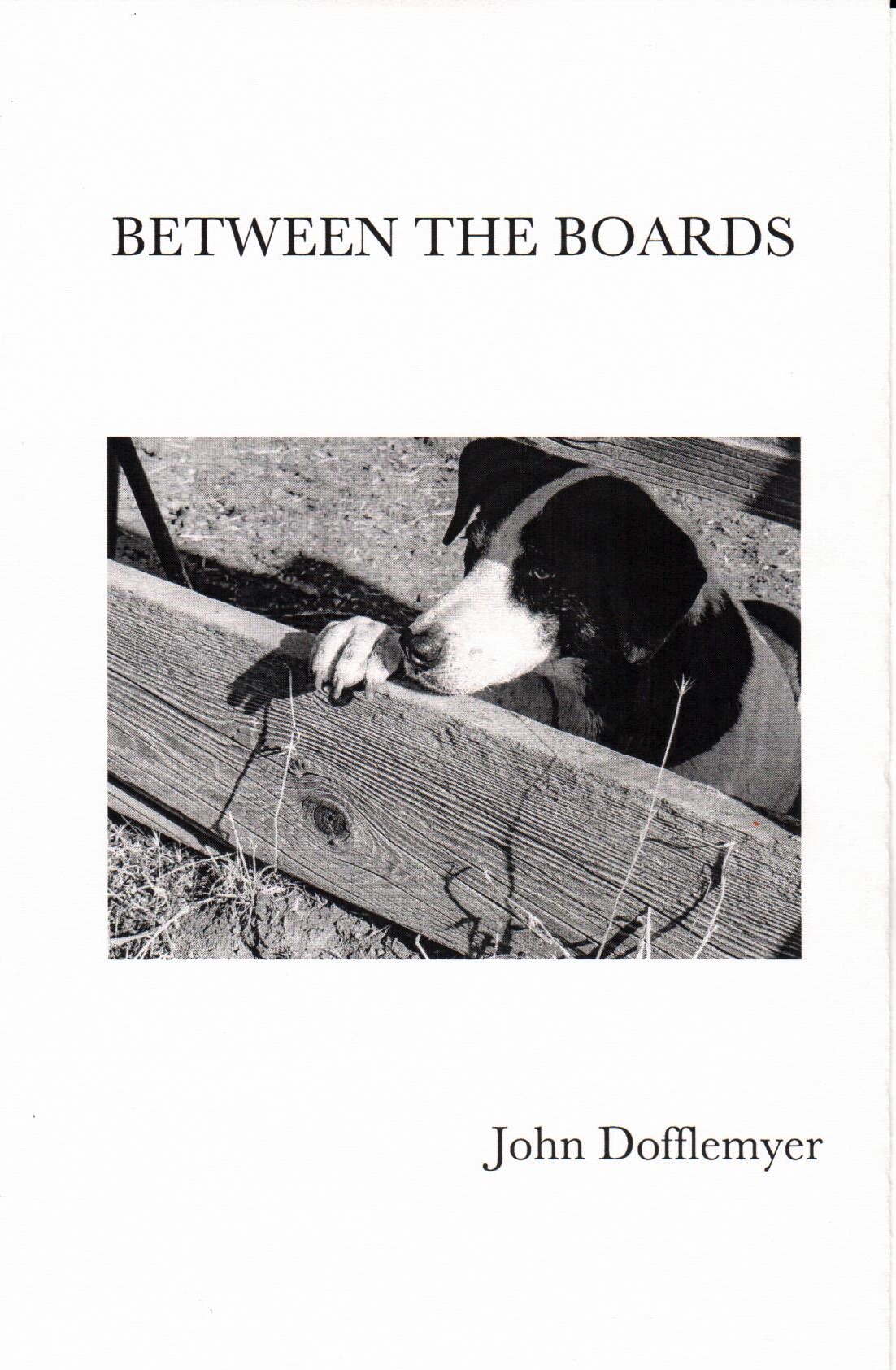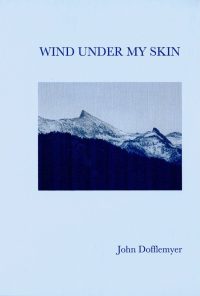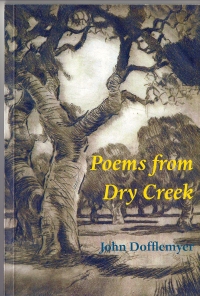As we complete Week 4 of weaning calves, the poetic muse becomes more illusive. Matters of the mind give in to the fatigue of the flesh and center almost completely now on cattle. Summer is seldom a productive writing season for me as temperatures heat up, having to rise earlier to get the work done when it’s cool that takes time away from my word play. Furthermore, calves in the weaning pen need feed everyday, and those already weaned need supplement while on the irrigated pasture where water also needs to be moved to keep the grass green. Meanwhile we gather our mountain pastures, cull cows and haul calves, working around the daily chores. It’s what we do this time of year, albeit three weeks earlier than usual due to our dry spring. We lean forward, putting one foot ahead of the other, that slow momentum that Wendell Berry calls plodding.
Naturally, the calves are lighter, the market a little weaker, we’ll take a hit but carry on. But what has become evident this year as we palpate (preg-check) our second-calf heifers, always difficult to get to breed back, our 60% normal rainfall was not enough to get much more than 55% of them to conceive. Ouch, we’ll take another hit.
We know going-in that the first-calf heifers, our Wagyu X mamas, need supplemental feeding to stay in shape to cycle and breed back. But as I’ve learned from previous dry years, alfalfa hay will not replace strong native feed to get a cow to cycle. Hence, we have a lot invested in these heifers that will not have a calf this fall. However, their Wagyu X calf offset some of those expenses, but we’re looking two years away before these three year-old heifers pay us with another calf.
To replace them with the yearling heifers we are currently weaning will take two years to wean a calf as well, however they are not proven breeders or mothers yet, 20-30% will not be mature enough to cycle and breed this winter. And that’s the dilemma: either keep the proven mothers that will hold their value with the cost of pasture or sell them now and hope the yearlings will pick up the slack in 2015.
Going into calving time this fall, we know our dry feed will be thin, that we’ll have to buy more hay, our only reprieve would be some early rains to start next year’s native grass. We would have better odds in Las Vegas.
With three more weeks of weaning yet to go, we’ve already taken the lighter end of our calves to town, sold our late calvers and the older cows we’ve gathered that might have difficulty making it through another winter trying to raise one more calf. We’ve opted to go with youth and early calvers, deciding to give our open second-calf heifers another chance, believing that the genetics we’ve worked years to develop are worth taking a chance on.
Right or wrong, we understand that Mother Nature is in charge.
Share this: Dry Crik Journal


























